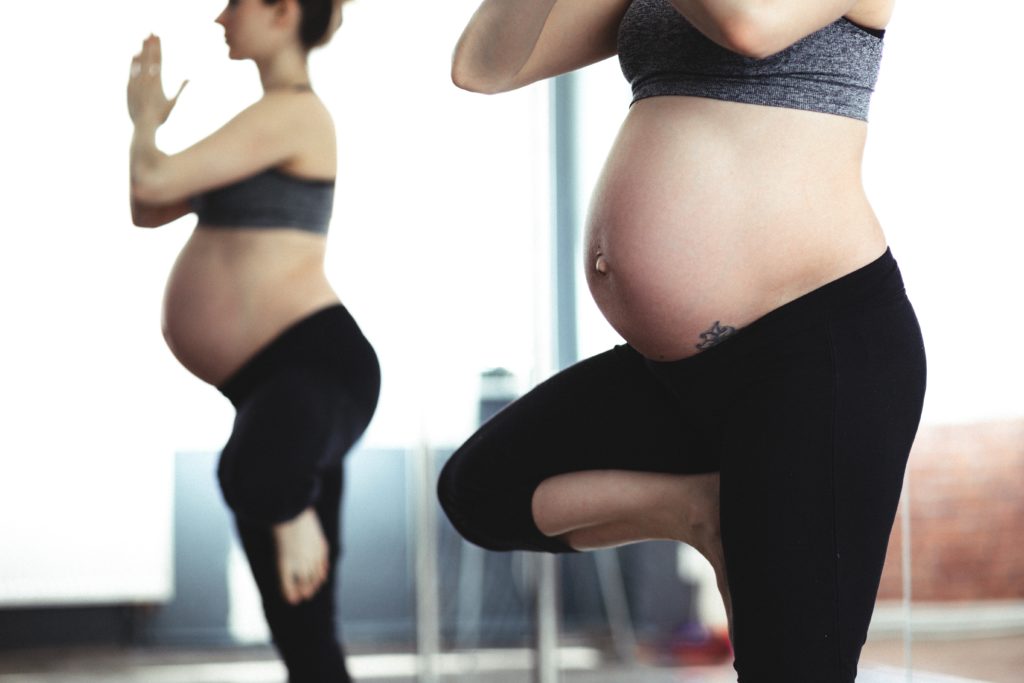
His detailed cues and deep understanding of the human body, he can teach you how to master your own pelvic floor. ..better than most women!
Pilates for Pre and Postnatal Wellness
Pilates offers invaluable benefits for both expecting and new mothers, supporting them through every stage of their journey into motherhood. With its emphasis on gentle yet effective exercises, Pilates provides a safe and nurturing environment for women to maintain their strength, flexibility, and overall well-being during pregnancy and in the postpartum period.
Pre Natal Pilates:
During pregnancy, Pilates emerges as a trusted ally for expectant mothers, offering a myriad of benefits tailored to support their changing bodies and prepare them for childbirth. Our intimate classes, limited to no more than seven participants, ensure that each mother receives the individualized attention and care she deserves.
Key benefits of pre-natal Pilates include:
- Safely strengthening essential muscles such as the pelvic floor, back, neck, and shoulders, which play a crucial role throughout pregnancy.
- Alleviating back pain by engaging the deep abdominal muscles that stabilize the back and pelvis.
- Enhancing pelvic floor strength to provide vital support to the bowel, bladder, and uterus as the baby grows and descends.
- Improving balance, core strength, and stability, thereby promoting a more comfortable and confident pregnancy journey.
- Offering safe and effective workouts that relieve strain on the back and pelvis, employing positions conducive to optimal birth positioning.
- Fostering relaxation and breath control, essential skills for navigating pregnancy and labor with calmness and control.
Post Natal Pilates:
Following childbirth, mothers require targeted exercises to aid in their recovery and rebuild strength in key areas. Pilates offers a gentle yet transformative approach to postnatal fitness, addressing the unique needs of new mothers with precision and care.
Postnatal Pilates benefits include:
- Engaging the transverse abdominal muscles to facilitate postpartum recovery.
- Strengthening the upper back and opening the chest, essential for carrying and nursing newborns.
- Targeting the inner and outer hip muscles to support pelvic stability after pregnancy.
- Facilitating controlled strengthening of the pelvic floor to promote healing and prevent complications.
- Providing gentle stretches to alleviate tension in muscles that may have become tight during pregnancy.
- Assisting in the repair of diastasis recti, a common condition characterized by separation of the abdominal muscles post-birth.
